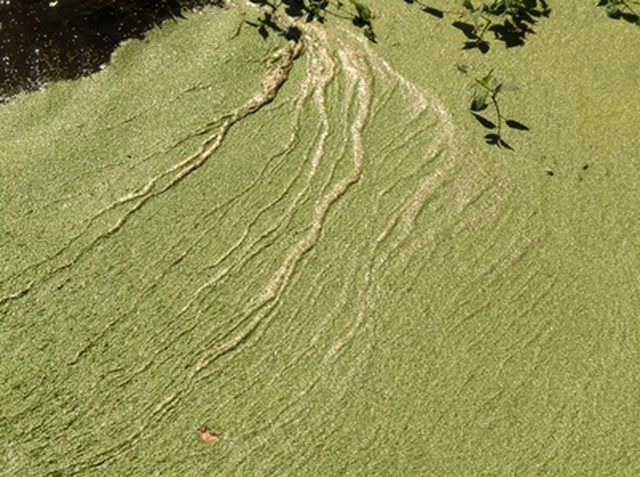Bulbs
Flower Basics
Flower Beds & Specialty Gardens
Flower Garden
Garden Furniture
Garden Gnomes
Garden Seeds
Garden Sheds
Garden Statues
Garden Tools & Supplies
Gardening Basics
Green & Organic
Groundcovers & Vines
Growing Annuals
Growing Basil
Growing Beans
Growing Berries
Growing Blueberries
Growing Cactus
Growing Corn
Growing Cotton
Growing Edibles
Growing Flowers
Growing Garlic
Growing Grapes
Growing Grass
Growing Herbs
Growing Jasmine
Growing Mint
Growing Mushrooms
Orchids
Growing Peanuts
Growing Perennials
Growing Plants
Growing Rosemary
Growing Roses
Growing Strawberries
Growing Sunflowers
Growing Thyme
Growing Tomatoes
Growing Tulips
Growing Vegetables
Herb Basics
Herb Garden
Indoor Growing
Landscaping Basics
Landscaping Patios
Landscaping Plants
Landscaping Shrubs
Landscaping Trees
Landscaping Walks & Pathways
Lawn Basics
Lawn Maintenance
Lawn Mowers
Lawn Ornaments
Lawn Planting
Lawn Tools
Outdoor Growing
Overall Landscape Planning
Pests, Weeds & Problems
Plant Basics
Rock Garden
Rose Garden
Shrubs
Soil
Specialty Gardens
Trees
Vegetable Garden
Yard Maintenance
Why Does Algae Grow in Ponds?
Why Does Algae Grow in Ponds?. Algae are microscopics plants found all over the world. Their presence in a natural or even manmade pond is expected. Algae in small amounts are an integral part of a pond ecosystem, but they can severely damage the ecosystem and its inhabitants when it overruns the pond. Algae are introduced by other water sources...

Algae are microscopics plants found all over the world. Their presence in a natural or even manmade pond is expected. Algae in small amounts are an integral part of a pond ecosystem, but they can severely damage the ecosystem and its inhabitants when it overruns the pond. Algae are introduced by other water sources and animals.
Algae Facts
There are more than 30,000 varieties of algae and it has been around for at least 2 billion years. The algae we see are actually hundreds of million small, primitive plants know as alga, some even have only one or two cells. Algae can occur in nearly every habitat with water and sunlight. Algae can grow in glaciers and hot springs and even salty water. Algae make their own food through photosynthesis. Algae float free and can coat the sides and bottoms of ponds, making the pond slippery and murky.
Two Common Forms of Algae
Planktonic algae are the most common pond algae and regenerate quickly, discoloring and polluting a pond. This algae can be poisonous to animals and give off a bad smell and taste. The hair-like algae, Spirogyra, are another algae commonly seen in ponds. Spirogyra look stringy or hair-like.
How Algae Gets in a Pond
Algae are necessary to sustain life in ponds but they can crowd out other life forms when they become overabundant. Algae ends up in ponds a number of ways. Because all water contains algae, whether you can see it or not, algae can be introduced through ground water, local water systems or sheds. Even animals and fish can introduce algae to a pond.
Prevalence
These two types of algae are so prevalent in ponds because ponds tend to be nutrient-rich and algae can become very hardy with enough nutrients. This sometimes can cause an imbalance in the pond's ecosystem. Even when algae die, they can help new algae grow. When algae die, they sink to the bottom of the pond and decompose, providing even more nutrients for new algae.
Removing Excess Algae
If you find an overabundance of algae in your pond, there are a few easy ways to remove the plants. Raking or scooping algae off is the easiest. Submerging and keeping barley straw in your pond will help remove algae as well.